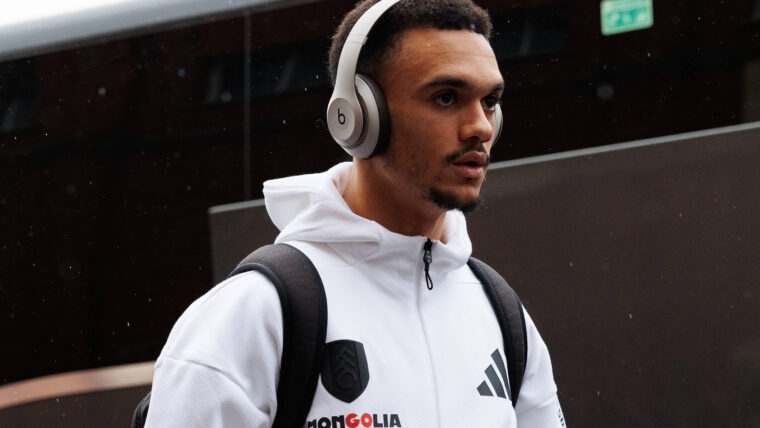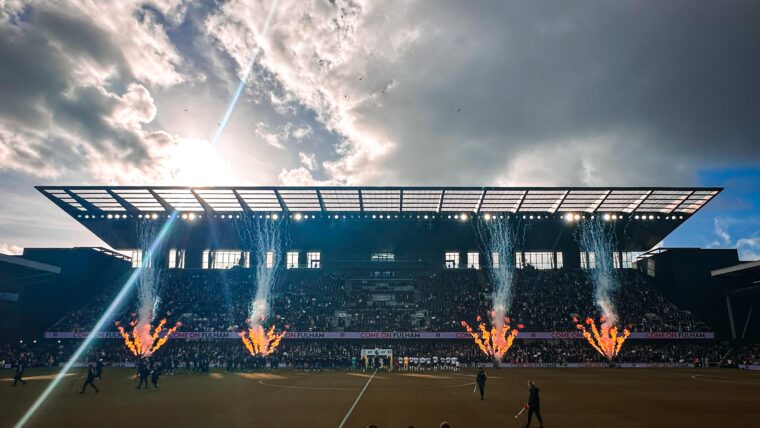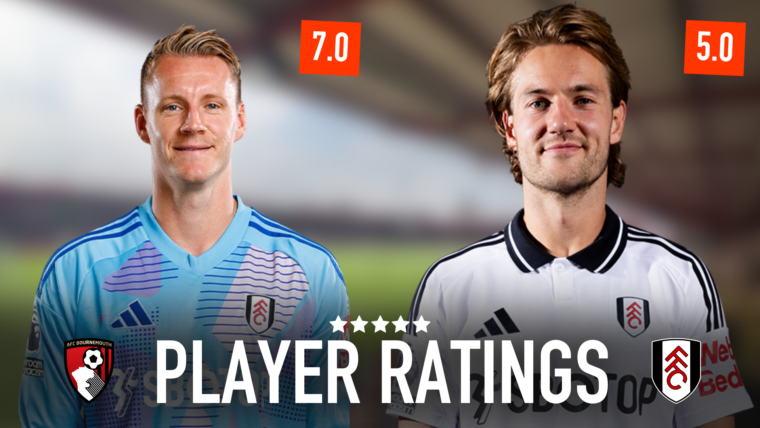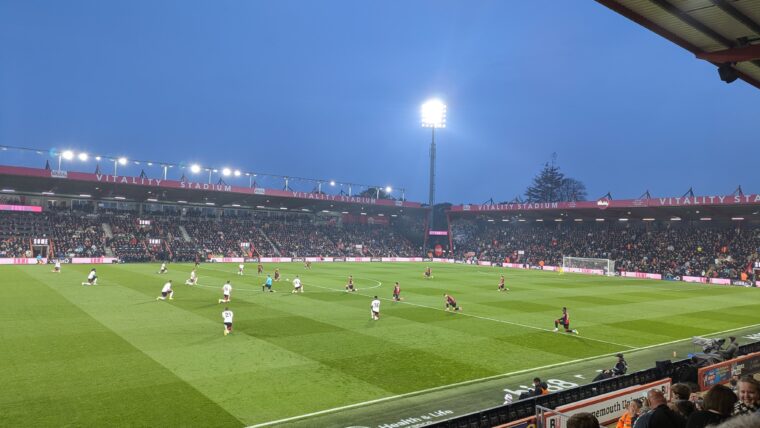Should Fulham consider a ‘B team’?
Written by Louis Wishlade on 5th October 2021
Louis Wishlade explores the idea of installing a B Team at Motspur Park, outlining its possible benefits and drawbacks.
Pep Guardiola recently sparked controversy by touting the prospect of allowing top-tier English clubs to to use established English Football League sides as ‘B teams’. This, along with Brentford’s rise through the ranks while using a second side, has brought the conversation of B teams to the forefront. So, should we think about implementing our own B team? If so, how could this work?
What is a B team?
🔵🔴 XI OFICIAL Barça B:#UCAMMurciaBarçaB pic.twitter.com/HHcsUvxjvG
— Barça Atlètic (@FCBarcelonaB) May 16, 2021
Traditionally, a B team is a halfway-house between the first team and the youth sides used to blood breakthrough prospects with valuable game time in professional leagues, a strategy widely used in Spain and Germany.
This system saw Guardiola kickstart his own playing career at Barcelona and also allowed him to test his skills as a manager before becoming the first-team head coach. The Catalonian side has used this system to develop the likes of Lionel Messi, Carles Puyol, Sergio Busquets, Andres Iniesta, Xavi and Victor Valdes, proving its merits if employed correctly.
However, this is wildly different to what Guardiola has recently suggested should be implemented in English football. Instead, the now-Manchester City manager believes that top-tier English sides should be able to form affiliate links with established Football League sides, allowing them to loan multiple players to the same club to aid their development. This suggestion was frantically rejected by many throughout the football pyramid.
Instead, the system which has seen the most success recently, and is more desirable for duplication in England, is that of our local rivals, Brentford.
What’s Brentford’s B team model?
Embed from Getty ImagesBrentford’s model differs from the traditional system, as the team doesn’t compete in any official league. Instead, the side, which replaced Brentford’s academy in 2016, is aimed solely at producing first-team players in the 17 to 21 age range, by utilising it as a platform from which to blood their data-driven signings.
Neil MacFarlane’s squad play friendlies with teams from across Europe, allowing their ‘undervalued’ youngsters to gain experience in a competitive, yet no-pressure, environment as they get to grips with Thomas Frank’s tactics. So far, this has allowed 22 players to seamlessly make the transition from reserves to the first team, without the cost of a £1.5 million-per-year academy system – from which most of the fruits were stolen anyway by Premier League clubs due to the Elite Player Performance Plan.
Thus, not only is the model far cheaper and much more efficient, with academy players rarely breaking through into most club’s first teams, but it is also part of their strategy to generate income. Just look at Chris Mepham’s £12.25 million transfer from Brentford to Bournemouth, just three years after his free transfer to the B team from Chelsea’s academy.
Could it work at Fulham?
Embed from Getty ImagesWe have an elite academy. It’s held Category One status for nearly a decade, and it’s produced some moutwatering prospects; some of whom have gone on to achieve success elsewhere, and some who haven’t made the grade.
But it can’t be denied that, financially and in terms of first-team success at Fulham, we could have – and perhaps should have – seen more of a return.
We’ve seen the painful loss of some bright talents in recent years, with Dembele stolen away by Celtic for a pittance, as well as Harvey Elliott and Patrick Roberts moving away to ‘big six’ clubs. The trio made just 89 appearances for Fulham combined.
However, the Whites have also suffered from the Elite Player Performance Plan of which we’re a part of, with Mika Biereth joining Arsenal over the summer, as well as DJ Buffonage moving to Manchester United, Djed Spence to Middlesbrough and Codey Drameh to Leeds United.
Simultaneously, the Cottagers have watched youngsters touted for the top fail to break into the first team in the last few years of instability, with Matt O’Riley probably at the tip of your tongue. Thus, a model that composes of a combination of that employed by Barcelona to develop their academy starlets and Brentford’s sign-to-sell strategies could benefit us.
Not only could more attention and opportunities be given for our prospects to shine, accelerating their integration into the first team from the infrequent cup run outs currently offered, but it could also allow for cheaper signings to be made as they would be afforded more time to settle. This is something that the likes of Tyrese Francois and Jay Stansfield would surely benefit from, as could have Ibrahim Cisse in years gone past.
Additionally, our finances could benefit from this, as we could hunt for cheap, undervalued signings, with the sole intention of developing them and selling them for profit. This could help loosen the noose that is FFP from around the club’s neck and give some additional breathing room for spending, while also allowing a pipeline of talent ready to replace any outgoing first-team players.
We’ve got it good here, but it could be better. It should be better. The topic is ripe for discussing; so why don’t we discuss it?



